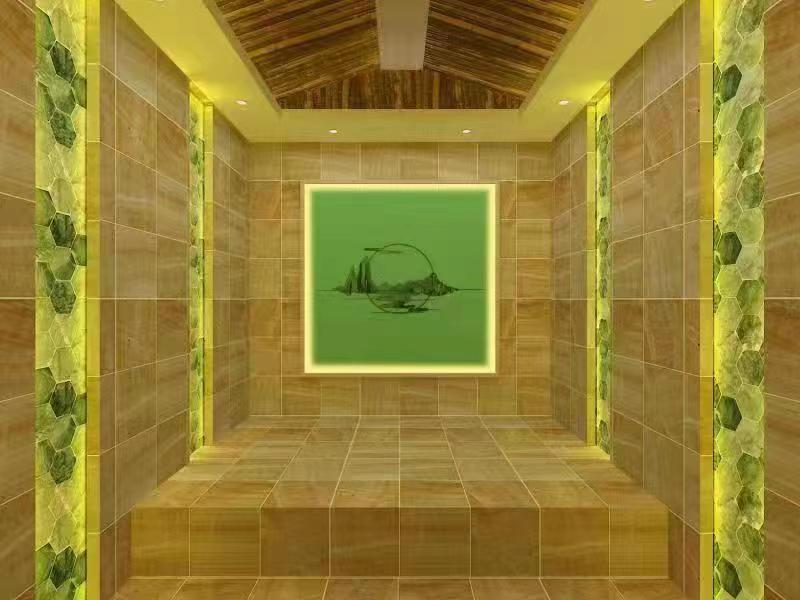
How does humidity affect the choice of insulation materials for sweat rooms in warmer climates?
In warmer climates, the design and construction of sweat rooms require careful consideration of various factors, with humidity playing a crucial role in determining the choice of insulation materials. Sweat rooms are spaces where high humidity levels are often intentionally created to promote relaxation and detoxification. However, this elevated humidity can pose significant challenges when it comes to selecting the appropriate insulation.
One of the primary ways humidity affects the choice of insulation materials is through its potential to cause moisture buildup. In a sweat room, the combination of warm temperatures and high humidity can lead to condensation on surfaces. If the insulation material is not properly designed to handle moisture, it can become saturated over time, reducing its insulating properties and potentially causing damage to the structure. Materials that are highly permeable to water vapor may not be suitable as they can allow moisture to pass through and accumulate in other areas of the building.
Another aspect to consider is the growth of mold and mildew. High humidity provides an ideal environment for these organisms to thrive. Insulation materials that are susceptible to mold and mildew growth can not only degrade the quality of the air in the sweat room but also pose a health risk to users. Therefore, choosing insulation materials that are resistant to mold and mildew is essential. Some materials may have additives or treatments that inhibit the growth of these organisms, making them a better choice for sweat rooms in warmer climates.
The thermal performance of insulation materials can also be affected by humidity. As moisture content increases in the insulation, its ability to resist heat transfer can be reduced. This can lead to higher energy consumption as the sweat room requires more effort to maintain the desired temperature. Materials with low thermal conductivity and good moisture resistance are preferred to ensure efficient insulation even in high-humidity environments.
In addition to these technical considerations, the durability and longevity of insulation materials are also important. Sweat rooms are subject to frequent use and exposure to high humidity, so the insulation must be able to withstand these conditions without deteriorating quickly. Materials that are robust and can maintain their integrity over time will save on maintenance and replacement costs in the long run.
When choosing insulation materials for sweat rooms in warmer climates, it is advisable to consult with experts in the field. They can provide guidance on the most suitable materials based on the specific climate conditions, usage requirements, and budget constraints. Some common insulation materials that are often considered for sweat rooms in warmer climates include closed-cell foam insulation, which offers good moisture resistance and thermal performance, and mineral wool insulation, which can be treated to resist mold and mildew.

